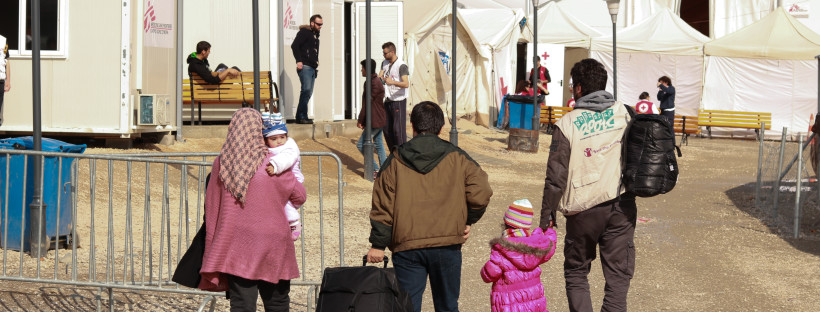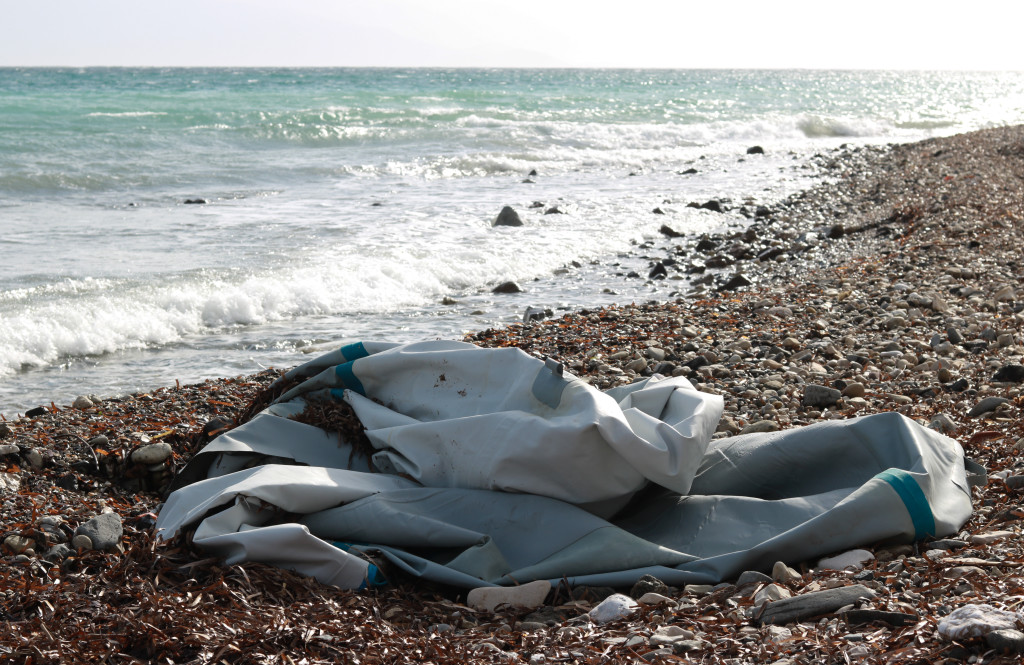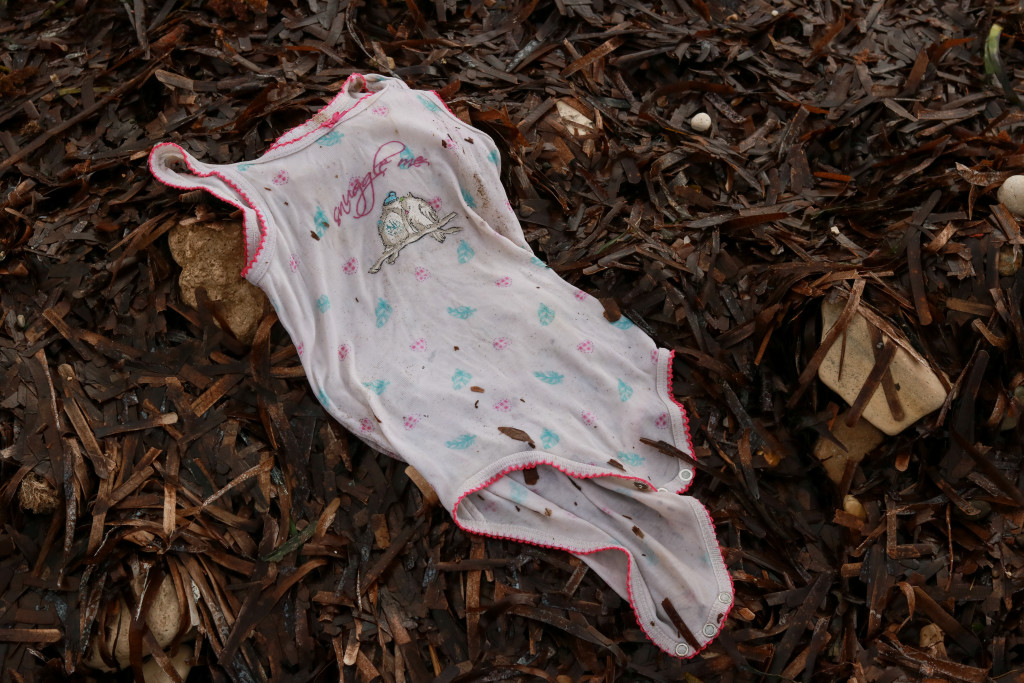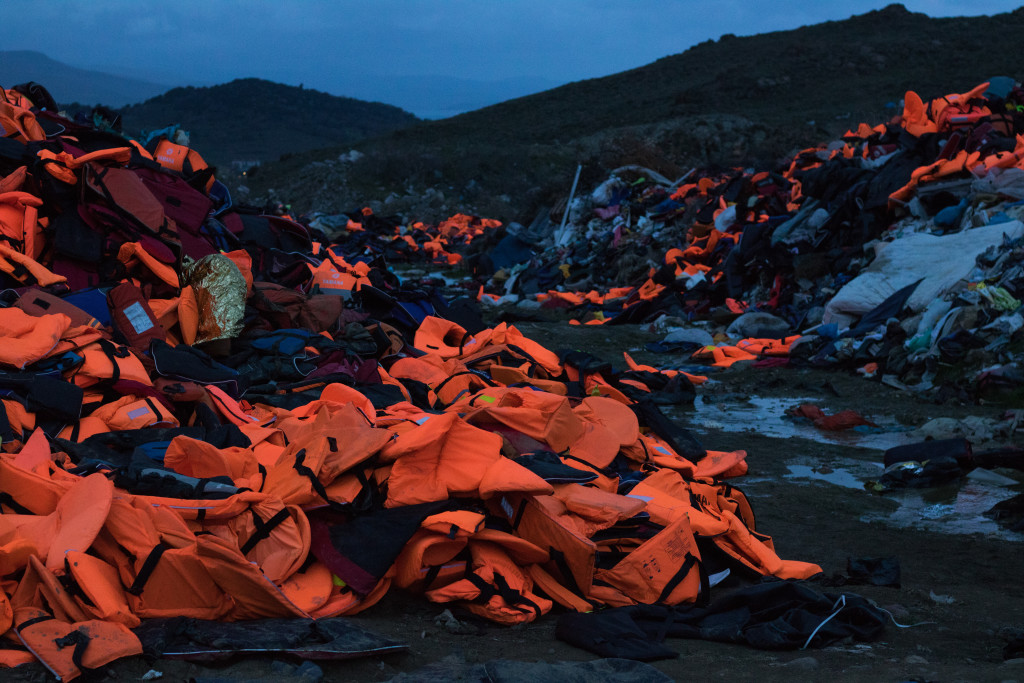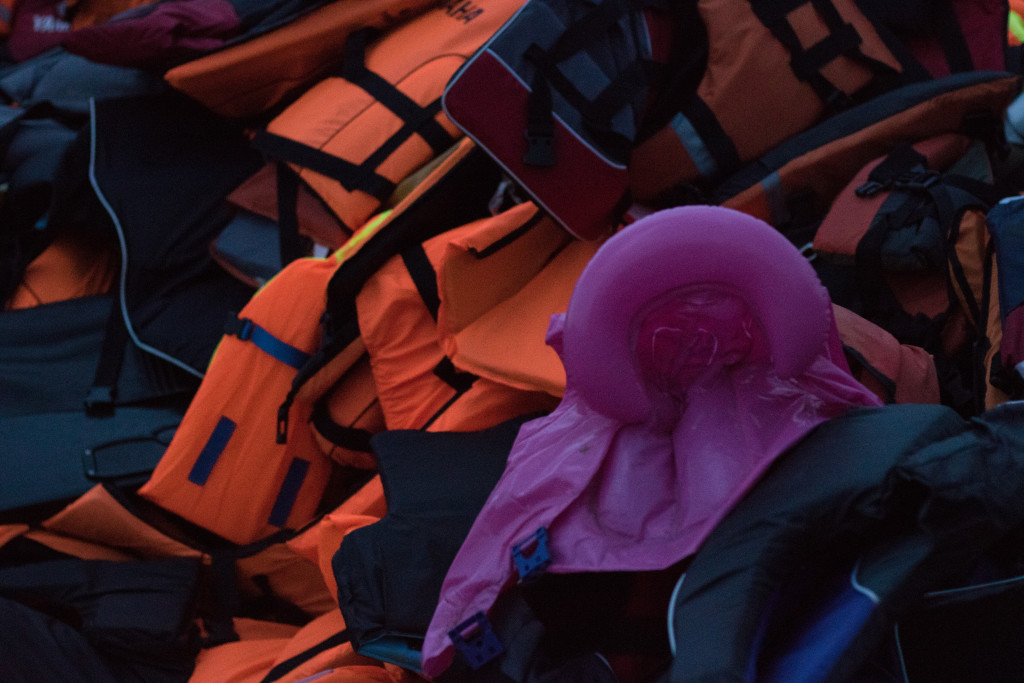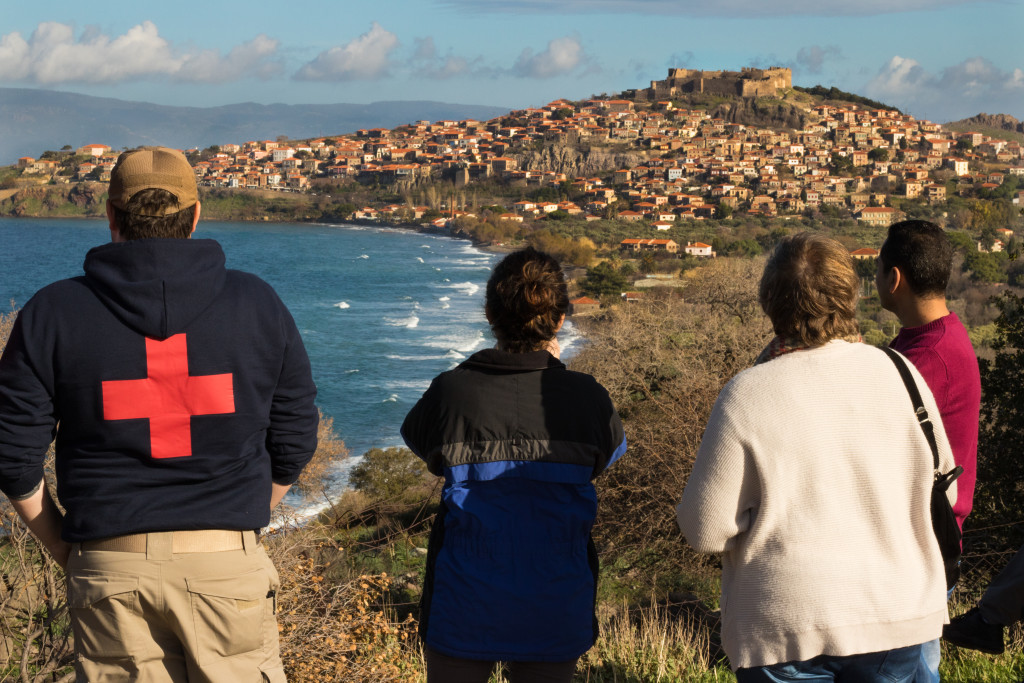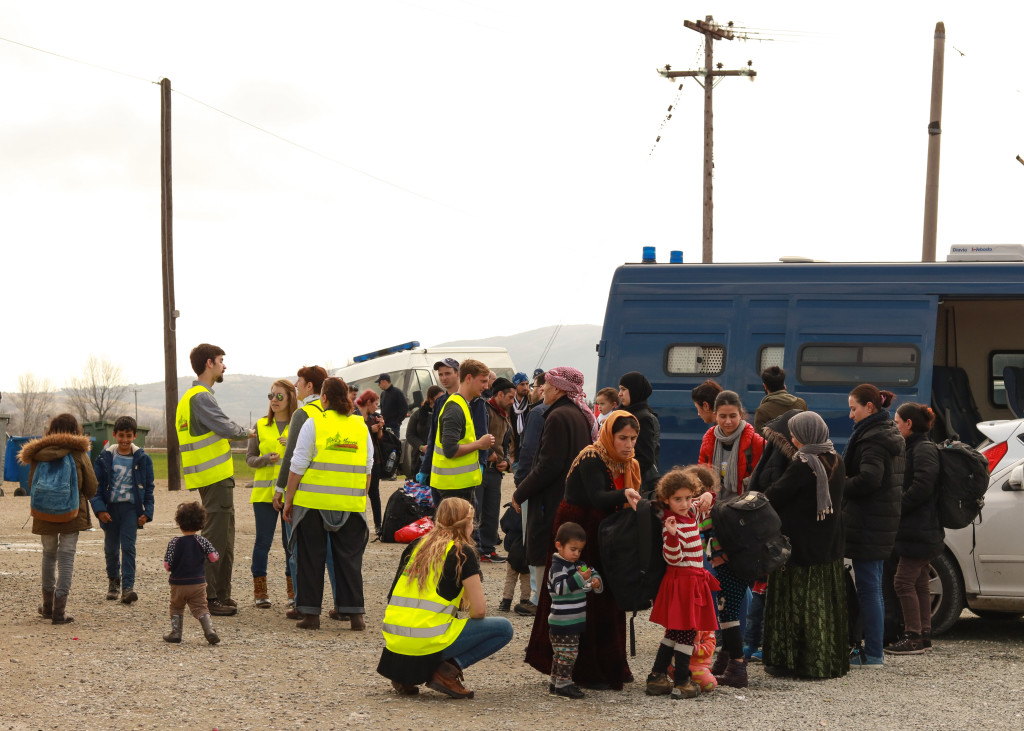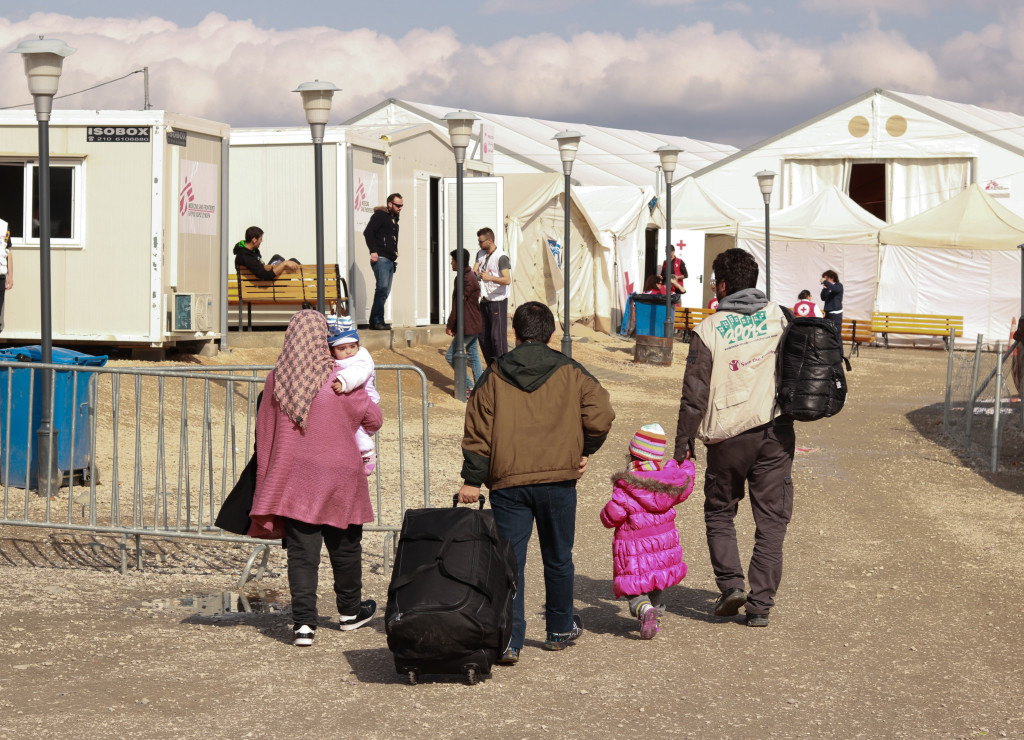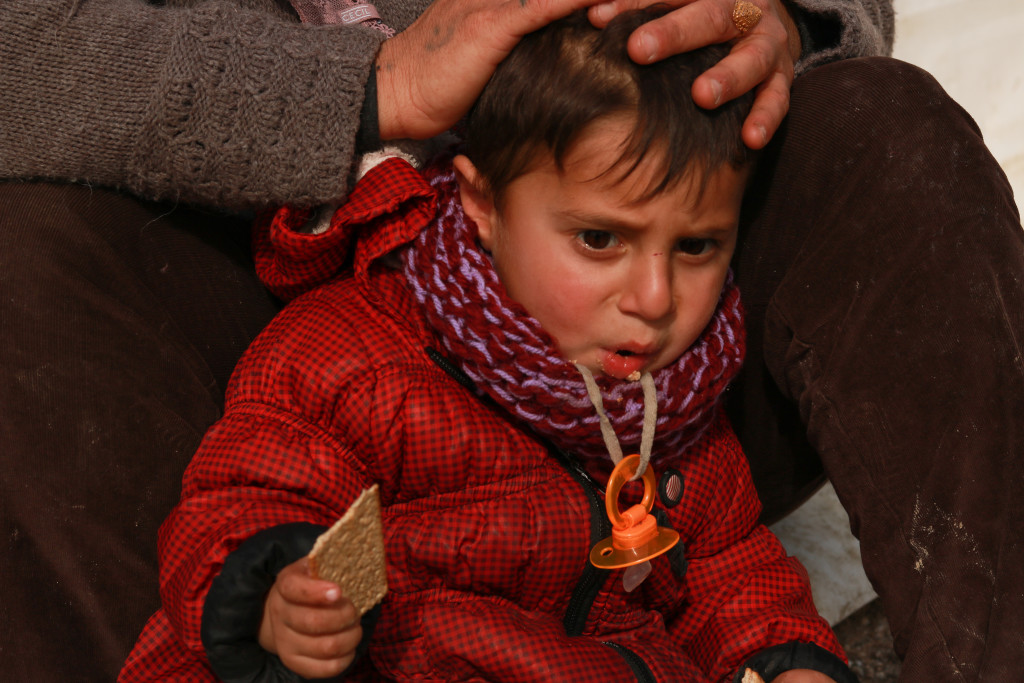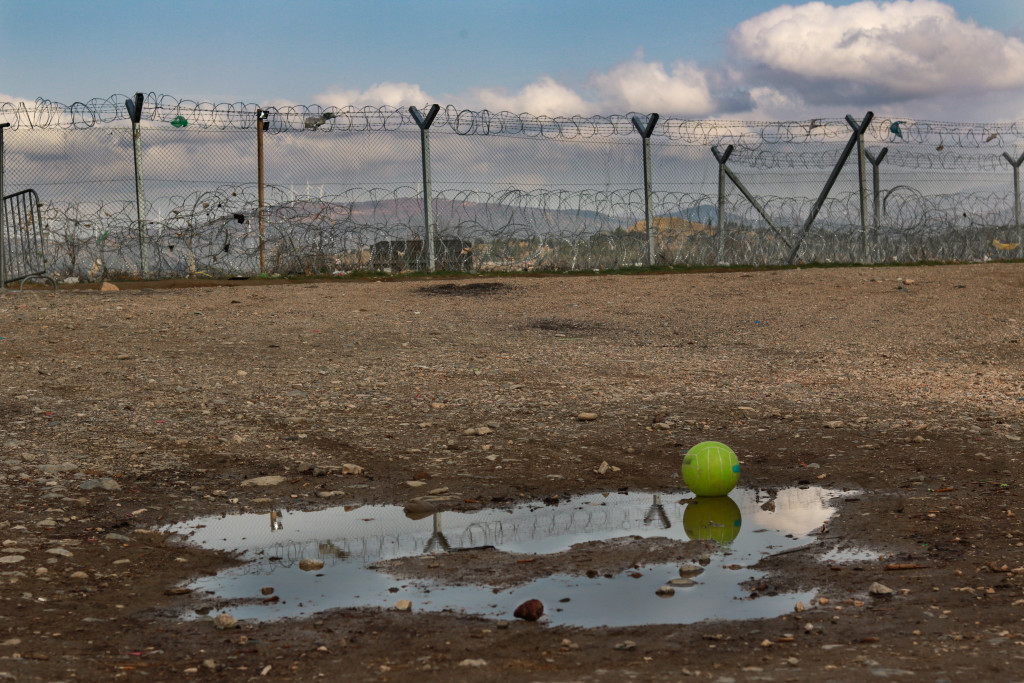Our journey from Greece to Northern Europe to meet with leaders and collect stories along the refugee route has begun! We’re one week in, and in case you haven’t been following my daily updates on The Syrian Circle’s Facebook page, let me give you a quick summary.
GREECE has the weight of the world on its shoulders, or at least that’s what it seems like as of February 2016. Between political unrest, suffocating debt, and a massive influx of people, Greece has been having a pretty rough year (and that’s all I’ll say without getting political)—Now to the reason we’re even in Greece: refugees.
The arrival of refugees in this part of the world is nothing new. It has been happening for hundreds of years with one people group or another as wars have been fought and different populations have fled oppression.
However, what distinguishes this movement of people from any other is the sheer scale of it. With over 1 million refugees arriving on European shores in 2015 alone, that number is only expected to increase exponentially as 2016 progresses. One Greek woman explained to me in Athens, “this is not just a tragedy, this is an exodus.”
Our first stop after arriving in Athens was the island of Lesvos to get the “origin story” of refugees entering Europe. We arrived not knowing what to expect, but found a collection of remarkable and compassionate volunteers almost everywhere we went. To name just a few of the encounters we had in only four days…
- We traveled with and learned about the island from Eric and Philippa Kempson (a couple who many attribute as first to significantly help refugees on Lesvos and capture the global media’s attention)
- We drove with first-response rescue teams around the coast towns of Molyvos and Petra (SCM)
- We had a “ride-along” with a group solely dedicated to delivering needed supplies all over the island (MarhaCar)
- We met the Spanish lifeguards and the Italian coast guard who are patrolling the seas to rescue and safely bring in boats of refugees
- We visited nearly every refugee camp (official and unofficial) on the island and learned about their stories and needs from the people who ran them
To put it simply: you can’t throw a stone on Lesvos without hitting a humanitarian.
Then in MACEDONIA we found a dramatic decrease in NGOs and volunteers (especially internationals) even though nearly all refugees coming from Greece are traveling through Macedonia on their way north. The real surprise for us, besides the whispers about government corruption, was at the Greek-Macedonian border where we witnessed the sheer number of families crossing, many with children under the age of 10 and even with the elderly.
It was at these borders that we also encountered the people who are getting turned away due to their nationality or lack of correct paperwork. I can understand the arguments to either send people back or let them across borders–but to see someone come so far with high hopes of continuing north, only to be turned back and have their plans come crashing down is very sad to witness. Because where else can they go?
From Greece, to Macedonia, up to Serbia (where I am writing this now) I have heard dozens of stories that could be (and deserve to be) told in an entire book, not with a mere summary. So for the remainder of my trip I will do my best to write what I see and hear, so you can experience these stories with me.
Through the refugees and volunteers we have already met, we have seen and heard stories about the best and worst in humanity, with both often living side by side. I’ll warn you now—the stories you will read won’t necessarily be comforting. They are both inspiring and heart-wrenching.
In many cases, I will simply share the short stories of what I have heard—without my opinion interjected because these stories can stand for themselves.
I’ll let you draw your own conclusions.
